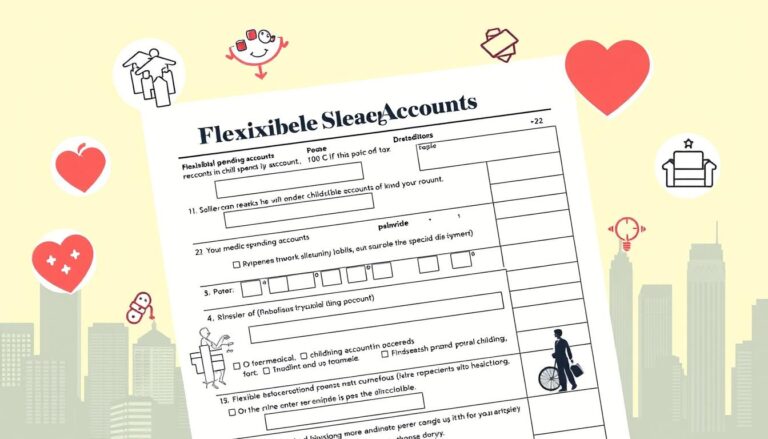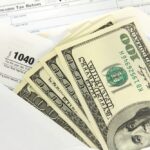Understanding tax-deductible dental procedures can change how you manage your money. You can keep your smile healthy and lower your taxes by claiming dental expenses. To qualify, your dental costs must be more than 7.5% of your income and not covered by insurance.
The IRS lets you list these deductions on Schedule A (Form 1040). This way, you can save more money. Remember, this includes costs from dentists, orthodontists, and specialists. Always keep your receipts as proof, as they are essential for IRS dental tax deductions.
Key Takeaways
- Dental expense deductions apply only if expenses exceed 7.5% of AGI.
- Eligible costs must not be covered by insurance or compensated in any other way.
- Deductions can include treatments from various dental professionals.
- Keeping detailed records and receipts is crucial for claiming deductions.
- Prescription medications related to dental care may also qualify for deductions.
- The potential for significant savings makes understanding these rules beneficial.
Understanding Tax-Deductible Dental Expenses
Tax-deductible dental expenses are costs for your oral health that the IRS lets you subtract from your taxes. These deductions can make dental care less expensive. Knowing which dental procedures you can claim is key to getting the most deductions.
What Are Tax-Deductible Dental Expenses?
IRS rules say you can deduct dental expenses paid directly to dentists for treatments. This includes routine cleanings and complex procedures like fillings and root canals. But, only expenses over 7.5% of your adjusted gross income (AGI) qualify. So, keeping detailed records of your expenses is crucial.
Itemizing Deductions on Schedule A
To get the most from tax-deductible dental expenses, you need to itemize on Schedule A Form 1040. You must add up all your dental costs to see if they meet the 7.5% AGI rule. When filing your taxes, make sure to report these deductions correctly. The Schedule A instructions will help you follow IRS rules and get the most deductions for dental care.
What Dental Procedures Are Tax Deductible
Figuring out which dental procedures you can deduct can be tough. Knowing what’s deductible can save you money at tax time. Let’s look at the common dental expenses you can claim.
Commonly Deductible Dental Procedures
Preventive care is key when it comes to deductible dental expenses. You can deduct costs for:
- Routine checkups
- Cleanings
- X-rays
Other necessary treatments that qualify include:
- Fillings
- Crowns
- Extractions
- Root canals
- Orthodontic treatments, like braces, if medically necessary
Don’t forget that dental problems can get worse. Treatments like dentures and some surgeries are also deductible. It’s important to keep all your dental records and receipts to support your tax claims.
Prescription Medications and Their Impact
Prescription medications for dental care can also be tax deductible. This includes:
- Pain relief after dental procedures
- Antibiotics to prevent infection
But, remember, over-the-counter meds don’t count. Knowing the difference between prescription and non-prescription meds can help with your dental medication deductions. Always tell your dentist you’re planning to claim expenses. They can help with the right coding.
Expenses That Do Not Qualify for Deductions
Understanding tax-deductible dental expenses can be tricky. Not all dental costs are eligible for tax deductions. Cosmetic dental work, like veneers or teeth whitening, is not deductible. These treatments are not seen as medically necessary by the IRS.
Also, everyday items like toothpaste and mouthwash are not deductible. You can’t claim the cost of a fancy toothbrush as a deduction. If you’ve had dental work covered by a health savings account (HSA) or flexible spending account (FSA), those costs are not deductible either.
Knowing what’s not deductible helps avoid problems with the IRS. It’s important to only claim eligible expenses. This way, you can get the most from your deductions without facing any issues.








